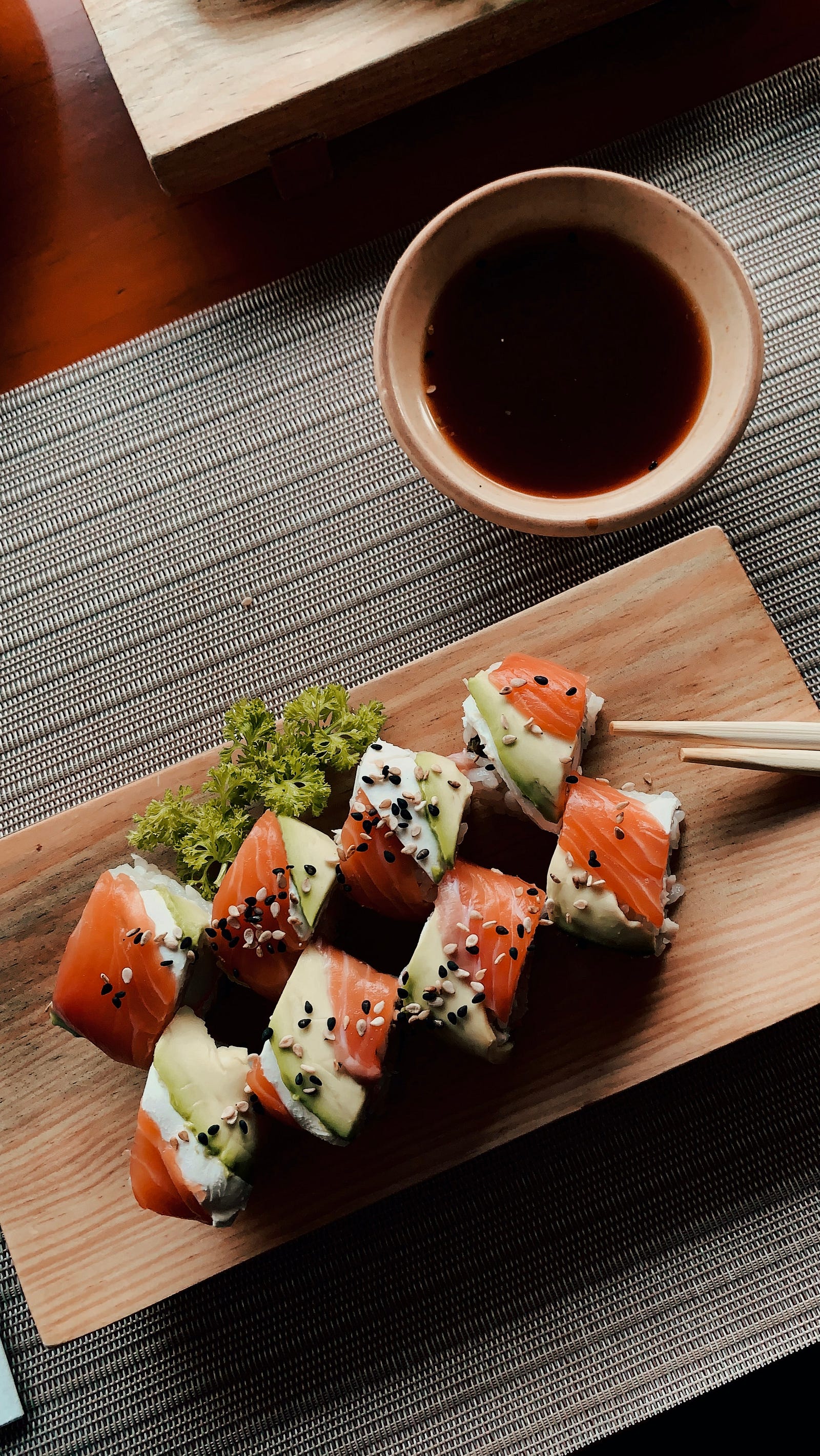KAIZEN IS A JAPANESE TERM MEANING “CONTINUOUS IMPROVEMENT.” Today we explore crafting your success the kaizen way.
Progress is impossible without change, and those who cannot change their minds cannot change anything. George Bernard Shaw.
I first learned about kaizen as a young doctor at a pioneering Seattle hospital. Virginia Mason Medical Center introduced the Toyota Production System to health care.
More recently, I have tried to apply kaizen to my life. Here’s my bottom line: I try to get one percent better daily. Yes, I know I will not achieve that amount most days.
I can be a better me by making small, incremental improvements over months, years, and decades.
What is Kaizen?
Kaizen is a business philosophy focusing on continuous improvement across an organization.
This approach helps companies focus on consistently increasing efficiency. The process helps to eliminate waste.

Kaizen encourages input from any employee. One can be a factory worker or a C-suite member and contribute.
Americans Created Kaizen
Did you know that the kaizen system was developed in the United States? Americans developed this small-step work improvement approach under the Training Within Industry program (TWI Job Methods).
As part of the Marshall Plan after World War II, American occupation forces brought experts to help rebuild Japanese industry.
At the same time, the Civil Communications Section (CCS) developed a management training program that taught statistical control methods as part of the overall material.
Kaizen in Japan
The kaizen method became popular in post-war Japan with manufacturers like Toyota.
In the Toyota Production System, for instance, if a line worker sees an issue, they stop production and create a solution with their supervisor.
Did you notice that those involved in the daily work have the authority to make changes without formal approval from upper management?
There is no long and drawn-out process to create change. The process facilitates continuous improvement.
Deconstructing Kaizen
改 + 善
You know that kaizen means continuous improvement in Japanese. Unfortunately, the word’s meaning is frequently lost when translated into English.
Let‘s deconstruct kaizen. The first kanji 改 (Kai) refers to change. The second one, 善 (Zen), means good or change for the better.
We can further deconstruct the first character, Kai, into two parts. The left portion refers to the self. The right part is a picture of a person’s back after being whipped.
Putting it all together, we see 改 can be reduced to “self” and “whip.” Put them together, and my mind goes to “whip oneself into shape.” Moreover, the character is used for the word revolution, suggesting big change.
Let’s move to the second kanji, “Zen.” Reading from top to bottom, we see 羊 (“hitsuji” or sheep). The bottom portion refers to an altar, translating to sacrificing a lamb on an altar.
Combining “Kai” and “Zen” thus leads to this: Each individual makes sacrifices for the entire group’s improvement.
Kaizen As A Mindset
Physicians and other staff members from my former hospital regularly visited the Toyota plant outside Nagoya (Japan) to study the Toyota Production System (TPS).
Even if you have yet to participate in lean project management in manufacturing (or other industries), you may be catching on to the approach’s effectiveness.
The message of the Kaizen strategy is that not a day should go by without some improvement being made somewhere in the company. — Masaaki Imai.
Crafting Success the Kaizen Way
I love making small, incremental changes to improve my life and achieve my goals.
When I travel to Japan, I see elements of kaizen everywhere. The Japanese believe that even tiny changes, when applied consistently, can compound to create excellence.

I certainly have grand goals — I want to compete in a Master’s bodybuilding competition in 2024 — but sometimes it is less stressful to take the kaizen approach.
Self-Improvement As A Process (not a Goal)
So many view self-improvement as a destination. Reach your goal, and voila! You are done.
But what if you could aim to get one percent better daily? Small, incremental improvements — kaizen — over months, years, and decades can lead to extraordinary outcomes.
You know what to do; now, make small, continuous improvements in your process.
Here are some of the ways I use kaizen in my daily life:
- Exercise. While I exercise a lot now, I started doing two sets of ten push-ups. In three months, I did 100 (ten sets of ten) push-ups in the morning.
- Morning and evening routines. I started with the evening, focusing on the ten minutes before bed. I created habits, including brushing my teeth for ten minutes, flossing, and using a non-alcoholic rinse. I also aimed to read for 30 minutes, dodging blue light-emitting electronics. Then I turned to the morning.
- Mindfulness. I struggle with this one. Vinyasa flow yoga was not a fit for me. So what did I do? I began with one minute of breathing exercises. I increased over time and now do ten to 15 minutes of mindfulness meditation.
- Diet. This one is a work in progress. I began by cutting out one sugary drink daily, putting aside my morning ritual of a glass of orange juice.
Final Thoughts
I begin each journey with one small goal, incrementally and slowly improving over time. As is the case with effective investment, time is my ally.
I view self-improvement as a process rather than a destination.
“The Kaizen Philosophy assumes that our way of life — be it our working life, our social life, or our home life — deserves to be constantly improved.” — Masaaki Imai.
Do you use kaizen in your daily life? If so, please share so that we may learn from you.
Join Medium with my referral link – Michael Hunter, M.D.
medium.com.
The information I provided in this blog is for educational purposes only and does not substitute for professional medical advice.
Please consult a medical professional or healthcare provider for medical advice, diagnoses, or treatment. I am not liable for risks or issues associated with using or acting upon the information in this blog.
Thank you for reading “Crafting Success the Kaizen Way.”




